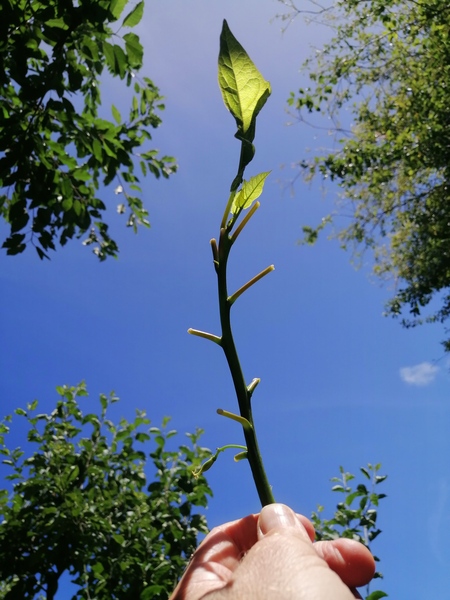5 pictures - click to enlarge
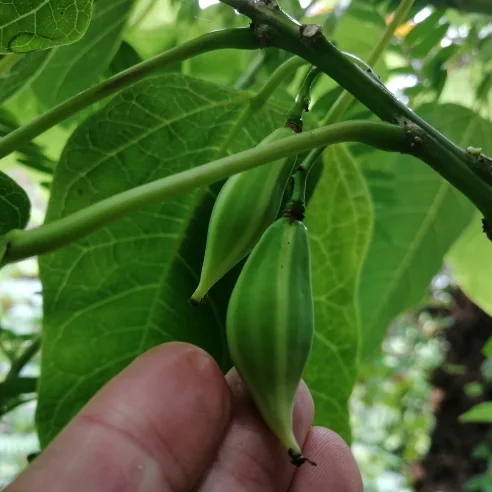
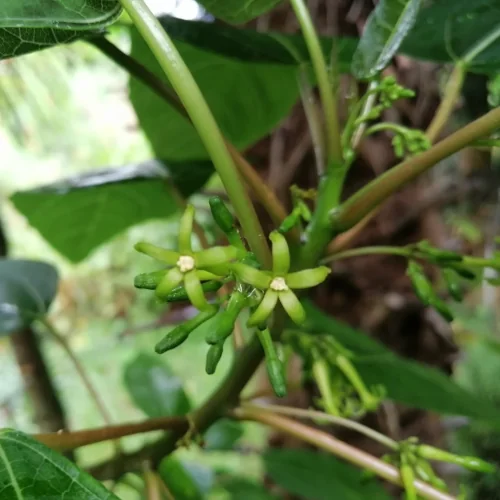
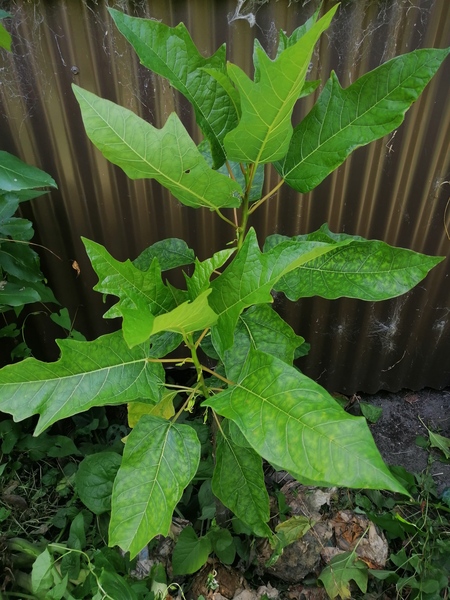
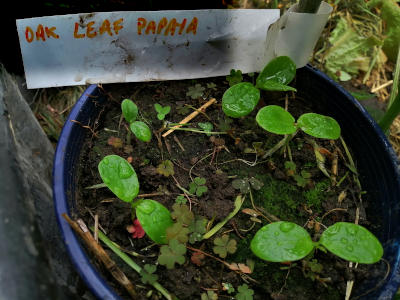
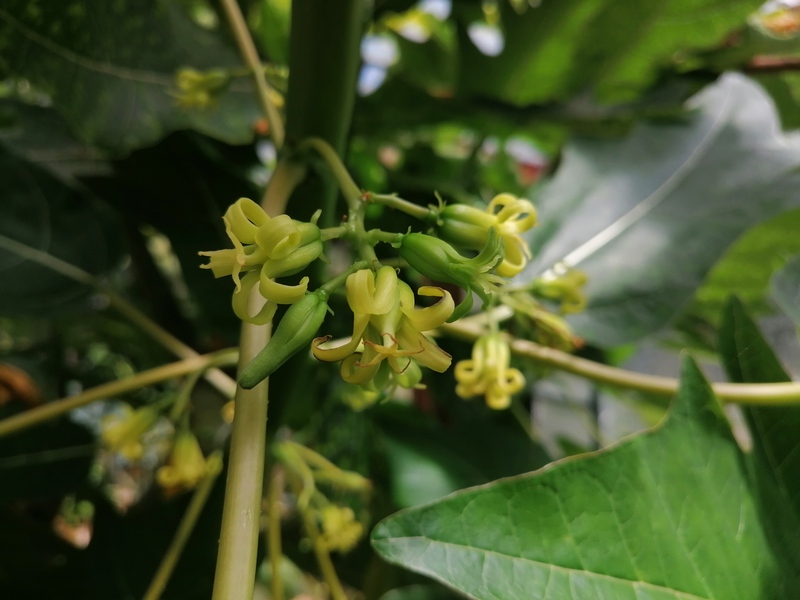
Oak Leaved Papaya
Details
This subtropical tree produces hundreds of small fruit and is supposedly hardy down to -5C
Requires good drainage and protection from wind
Can be grown from seed or cuttings
Requires good drainage and protection from wind
Can be grown from seed or cuttings
Diameter
1.00
Forest layer
low-tree
Height (m)
5
Related
Female oak leaf papaya cutting
Common name
Oak leaf papaya / pawpaw
Botanical name
Carica quercifolia
Details
Grow your own papaya plant from cutting. Handles temperatures down to -5°C
This species is dioecious, having separate male and female plants. You will need at least one of each to get fruit.
This species is dioecious, having separate male and female plants. You will need at least one of each to get fruit.
- Use rooting hormone: Dip the bottom end in a rooting hormone to improve success rates.
- Provide warmth and humidity: Keep the cuttings in a warm and humid environment (20–25°C), preferably in a greenhouse or under a plastic cover.
- Well-draining soil: Use a mix of sand and peat or a light potting mix to prevent rot.
- Water regularly but avoid overwatering: Keep the soil moist but not soggy.
- New roots should develop within a few weeks to a couple of months. Once established, the young plants can be transplanted into their final location.
Wind tolerance
poor due to big leaves
Forest layer
low-tree
Frost sensitive
Edible
Fruit / berries
Propagation method
Cutting
Price
$3.90
15 cm stem cutting
Male oak leaf papaya cutting
Common name
Oak leaf papaya / pawpaw
Botanical name
Carica quercifolia
Details
For successful pollination, plant at least one male Oak Leaf Papaya within 5–10 metres of female trees to ensure effective pollen transfer.
Male Oak Leaf Papaya (Carica papaya var. ‘Oak Leaf’) trees are essential for pollination in dioecious papaya varieties, where male and female flowers grow on separate plants. Since female trees only produce fruit when pollinated, having a nearby male tree ensures fertilisation.
How Male Oak Leaf Papaya Helps with Pollination:
Male Oak Leaf Papaya (Carica papaya var. ‘Oak Leaf’) trees are essential for pollination in dioecious papaya varieties, where male and female flowers grow on separate plants. Since female trees only produce fruit when pollinated, having a nearby male tree ensures fertilisation.
How Male Oak Leaf Papaya Helps with Pollination:
- Pollen Production – Male papaya trees produce flowers that generate abundant pollen but do not bear fruit.
- Wind and Insect Pollination – The pollen from male flowers is carried by wind or pollinators (such as bees and butterflies) to the female flowers.
- Fruit Formation – When pollen reaches the stigma of a female flower, fertilisation occurs, allowing the flower to develop into fruit.
- Continuous Pollination – Since male trees bloom more frequently than females, they provide a steady supply of pollen throughout the flowering season.
Wind tolerance
poor due to big leaves
Forest layer
low-tree
Frost sensitive
Propagation method
Cutting
Price
$3.90
15 cm stem cutting
